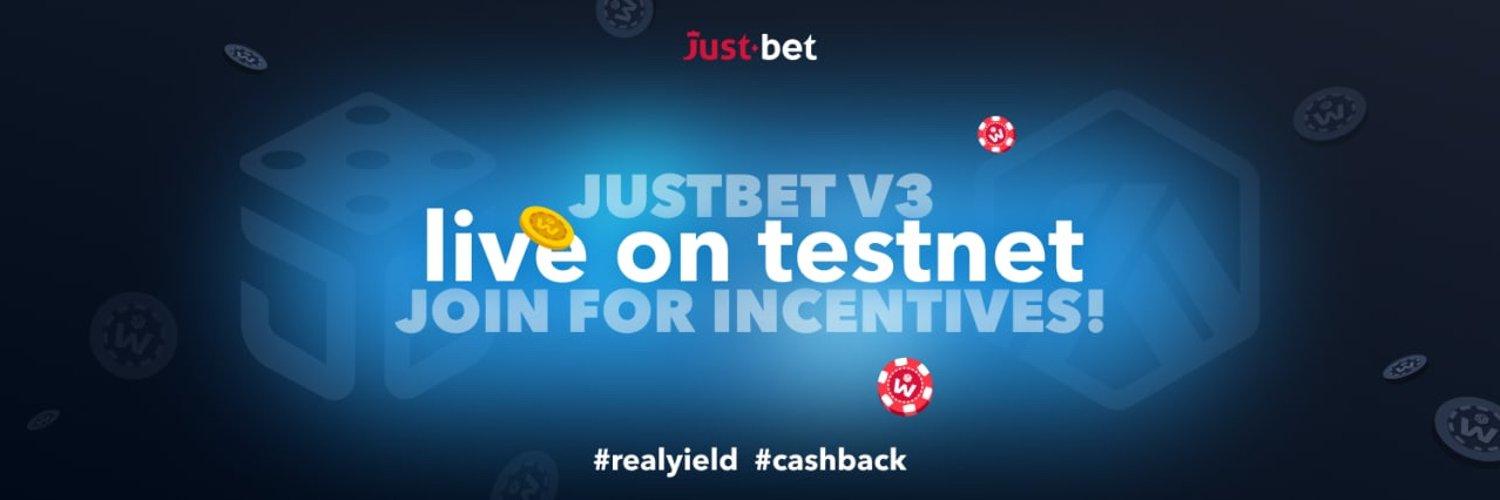Blockchain has introduced powerful new tools and use cases for disrupting how value and data is stored and transferred in many industries, from supply chain tracking to decentralized applications (DApps) and multiple others in between.
However, one of blockchain’s most important applications to date is tokenization, a new way of representing, tracking, and transacting assets and securities on a distributed ledger.
Tokenization is often hailed as the ‘killer-app’ that will expedite the mass adoption of blockchain and transform the financial services industry 21. But, for the regular blockchain enthusiast and developer alike, the exact definition of tokenization can be elusive.
Here, we are going to discuss the basics of representing assets through blockchain-based tokens, discover the many advantages of tokenization, and uncover what tokenization will look like on Cardano. We will also explore what the arrival of Goguen will mean for issuing tokens and deploying smart contracts 45 on Cardano.
What is tokenization?
In its simplest form, tokenization takes an existing asset or function and represents it as a token, which is written and deployed on a blockchain. This could be a real-world asset like a stock or bond, a crypto-collectible, or a utility token used to access a DApp.
There are different types of blockchain-based tokens, but they fall broadly into one of two categories, which include:
-
Fungible tokens - Fungible tokens represent assets of equal value. For example, Cardano’s native token, ada, is a fungible token, as each ada is worth the same amount as the next. Similarly, stablecoins, such as those pegged to a national currency, would be considered fungible tokens. Fungible tokens are often used similarly to fiat currency, or pegged to the price of a particular asset, such as an ounce of gold.
-
Non-fungible tokens - Not every asset is of equal value, even if it is of the same type. Non-fungible tokens, often called NFTs, ensure that each token is unique, with its own characteristics. Take a piece of artwork for example. Superficially, a painting is the same type of object or asset as any other painting. However, we know that a Van Gogh is intrinsically more valuable than an amateur piece of art, and these important unique characteristics can be coded into an NFT to reflect these differences.
Types of tokenized assets
Many properties of existing assets—financial or otherwise—can be coded into a token on a blockchain ledger. Some of the most popular tokenization use cases include:
-
Asset-backed tokens - As the name suggests, asset-backed tokens, also called security tokens, represent real-world assets through a token issued on the blockchain. This could be traditional equity assets such as stocks, bonds, or debt, or a physical asset such as the right to real estate or a certain amount of precious metals. This is very similar to structured finance products, such as auto asset-backed securities (ABS) or residential mortgage-backed securities. The use-cases for asset-backed tokens are manifold, such as simplifying share registries, or enabling fast cross-border transfers of value.
-
Stablecoins - Designed to hold a steady value peg, stablecoins are often used to represent or track the value of an underlying currency. Stablecoins have become particularly useful for quickly exiting and entering the digital asset markets, without going through the onerous process of converting to fiat. Stablecoins can also be used in blockchain-based funds, to represent the net asset value of the fund.
-
Utility tokens - Utility tokens offer a simple and decentralized way to access applications built on the blockchain. Most often, utility tokens are written and deployed using a token standard for a specific blockchain, and serve the applications built atop that specific chain. They are usually not interoperable with multiple protocols.
There are also protocol tokens, which act as currency for a specific blockchain, such as ada for Cardano—although these tokens do not specifically represent tokenized assets or rights to a certain service.
What are the benefits of tokenization?
Utility tokens and NFTs which serve decentralized applications bring interesting new functionality to blockchains. However, the tokenization of existing real-world assets represents the most significant use case for blockchain-based tokens.
According to professional services firm Deloitte 13, tokenized assets can offer greater transparency during transactions due to the immutable nature of blockchain, greater accessibility through 24/7 availability, faster processing and settlement times, and increased liquidity—especially for otherwise illiquid assets, such as collectibles, microcap stocks, and partnership shares in funds.
In time, it is likely that trillions of dollars worth of assets could be brought into the blockchain ecosystem by virtue of tokenization. However, to date, few methods of tokenization have provided the security guarantees that enterprise users and financial institutions require—but that is set to change with the arrival of Goguen on Cardano.
Tokenization on Cardano through Goguen
Goguen will begin its roll-out 87 later this year, resulting in a step-change in the functionality of the Cardano blockchain. The most significant change will be the arrival of tokens and smart contract capabilities, which will invite a diverse range of development talent into the Cardano ecosystem.
The arrival of tokens on Cardano will come in the form of a multi-currency ledger, which will allow the deployment of tokens that represent real-world assets, stablecoins, NFTs, and more. To fully understand the magnitude of what Goguen means for Cardano, let’s explore how custom tokens can be deployed, some basic use-cases of native tokens, and how tokenization will work on the Cardano blockchain.
Native custom tokens
With the arrival of Goguen 45, Cardano will power potentially thousands of DApps and smart contracts. As in earlier blockchain ledgers, many of these DApps will require their own token or coin to function and like the Ethereum blockchain, these tokens will be deployed atop Cardano. However, there are several key differences between Cardano’s native custom tokens 26 and those of Ethereum, such as ERC-20 and ERC-721 tokens.
These tokens are termed native custom tokens because they are native to the Cardano blockchain, but customizable to a DApp’s specific use case. Cardano custom tokens are created and deployed via the ‘Extended UTXO multi-asset 33’, or ‘EUTXOma’ for short—an evolution of the standard unspent transaction output (UTXO) model developed by engineers at IOHK 9.
Through EUTXOma, native tokens can be forged and burnt on Cardano. The forging or burning of tokens allows a token creator to specify a finite supply of tokens, through what is known as the forging policy. Forging also allows tokens to be traced back to their origin on the blockchain—useful for proving the validity and provenance of the asset.
Many existing utility tokens on other blockchain ledgers are used to represent ownership, or the right to access a certain feature of a DApp or smart contract. On Cardano, this will be represented as ‘tokenized roles’.
In simple terms, this means that to participate in a DApp, smart contract, or similar function, a user must present the relevant role token. These role tokens can become tradeable resources, and as we will explore below, they can be used to trade complex financial derivatives and contracts. 21
Cardano custom tokens can also be used to hold an initial coin offering (ICO) for those DApps being built on Cardano. Tokenized roles through EUTXOma offer a fairer way to ensure each participant is involved at each stage of the ICO process, through the issuance of participation tokens. Instead of a single entity controlling the token issuance process, participation tokens can be issued and traded to represent a right to a utility token at a later date—which in themselves can be traded.
Financial products and DeFi
Tokenized roles are assets in themselves, and as a result, they can be written into smart contracts and used to represent complex financial contracts. This is especially useful for decentralized finance (DeFi) applications, where relatively complex concepts such as yield and interest need to be written into a token’s code.
These parameters are difficult to represent through normal smart contracts, but instead, they could be effectively represented through tokenized roles for each aspect of a financial contract.
At the end of Goguen’s roll-out, it is hoped that powerful new financial contracts can be written and deployed by financial experts with minimal coding necessary.
Preparing for Goguen
Goguen’s roll-out will represent a paradigm shift in Cardano’s functionality, opening the way to the development of enterprise-level, mission-critical, decentralized smart contract applications and a wealth of tokenized assets.
This will be powered through Plutus 75, an innovative development and execution platform for distributed contract applications on Cardano. You can learn more about Plutus and developing decentralized applications on Cardano by visiting our testnets here





